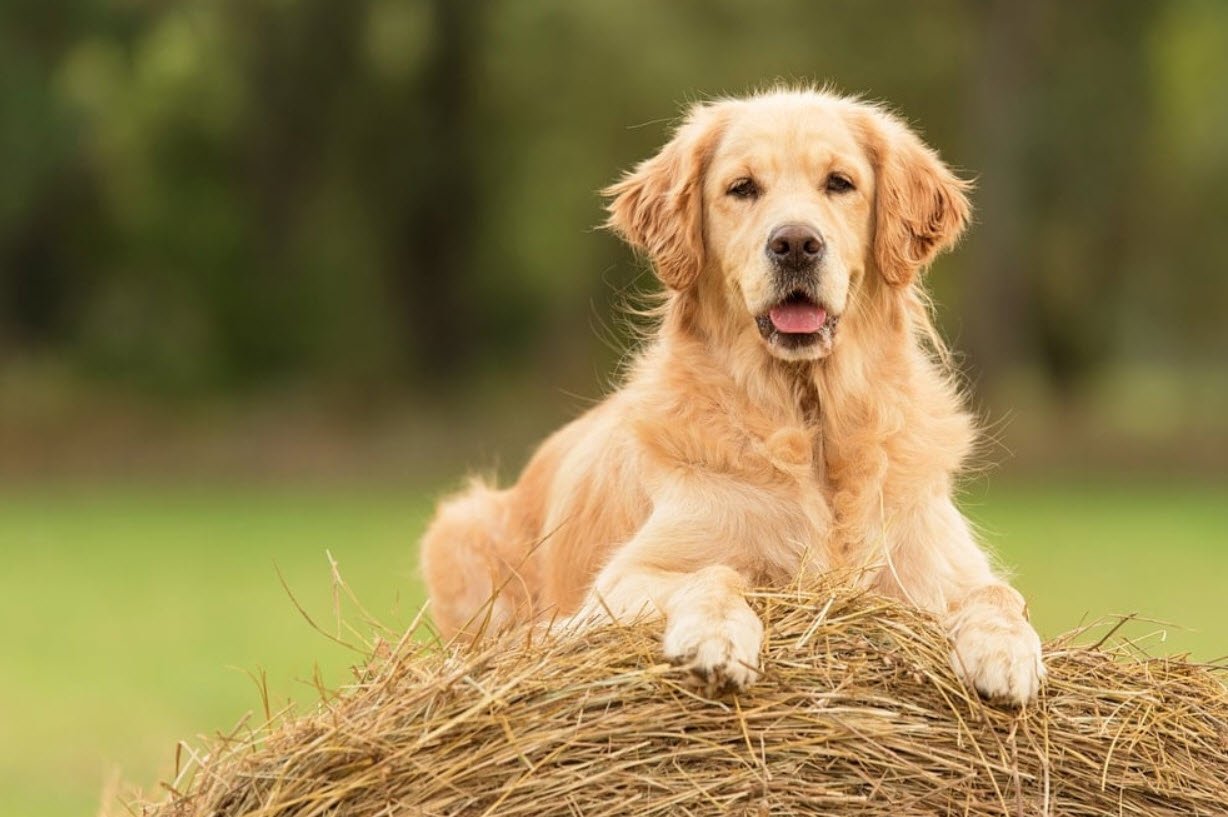
Dogs bark for many reasons. A dog bark is a sound made by a dog as a form of vocal communication. Dogs bark for a variety of reasons, such as to alert their owners of a potential danger or to express excitement or frustration.
The sound of a bark can vary depending on the breed of dog, the age of the dog, and the emotional state of the dog. Some dogs have a deeper, more throaty bark, while others have a higher-pitched yip or whine. Barking is a normal behavior for dogs, and it is important for owners to learn how to interpret their dog’s barks and respond appropriately.
Dogs bark for a variety of reasons, some of which include:
- Alerting their owner: Dogs may bark to alert their owner to potential danger, such as the presence of an intruder or a fire.
- Expressing excitement: Dogs may bark when they are excited, such as when they see their owner or when they are playing with toys.
- Expressing frustration: Dogs may bark when they are frustrated, such as when they are confined or when they want something, like food or attention.
- Communication with other dogs: Dogs may bark as a way of communicating with other dogs, such as when they are playing or when they are trying to establish dominance.
- Territorial behavior: Dogs may bark to defend their territory, such as when they see other animals or people approaching their home.
- Separation anxiety: Dogs may bark excessively when their owner is away, indicating separation anxiety.
It is important for owners to pay attention to their dog’s barking and try to determine the reason for the barking in order to address the underlying issue and help the dog learn appropriate barking behaviors.
The more common ones are listed below with some ideas for solving the problem.
1. He wants attention:
He may want you to play or get up and feed him. Whatever it is… Don’t do it! If you do, you will be teaching him that barking “works” to get his owner moving. Say “leave it” and then Ignore him (don’t even look at him – walk away or go into another room and close the door) until he stops for a few seconds and relaxes and then you may do what he would like you to do.
For the long term, make an effort to initiate activities he enjoys and make them happen on your schedule. Make sure that everything he gets he “earns”. Have him “sit” to be given a privilege such as going outside, or getting his leash put on, his food bowl, petting, etc.
2. He hears or sees something interesting:
When you are home:
- Prevent: Block the source of sound/sights using a fan or blinds or keeping him in a different area of the house.
- Teach “Quiet”:
- When your dog barks, wag a piece of food in front of his nose as you say “Quiet”. When he stops barking to sniff the treat, C/T. After about 3 trials this way, next time he barks, just “pretend” to be holding out a treat as you say “Quiet”. When he complies, C/T. C/T again for every few seconds which he remains quiet after hearing the cue. Gradually increase the time elapsed between clicks.
- Reward him for choosing to be quiet on his own when he hears or sees something that usually makes him bark.
- Use a “Time Out”:
- A “Time Out” (TO) should be used infrequently. By removing the dog from his social circle, you are administering what is called a negative punishment. This punishment can have side-effects that we don’t necessarily want like him learning that you walking towards him is a bad thing. This is why the TO should be used sparingly and an emphasis should be put on teaching the dog an alternative behavior that you prefer and preventing the misbehaviour.
- First decide on a spot to use as a TO. The best spot is one that your dog will find neither scary or wonderful and is safe for him. Good examples are a gated pantry, bathroom (remove the toilet paper first!) or tether. If your dog does not mind his crate, you can use that as a TO area. Have him wear a 2 foot piece of rope with a knot on the end. When your dog barks, say “time out” in a neutral voice, walk calmly to him, grasp the rope and walk him gently but firmly to his time out space. Place him there for 5 minutes (or longer if you need a time out from him!). After the 5 minutes, if he is calm, release him. He may need you to demonstrate this a few time before he understands which behavior is earning him the TO.
- Use a Citronella Spray Collar: This should be reserved for when you “can’t take it anymore!” and the barking is not associated with fear or aggression.
When you are not home:
- Prevent: Block the source of sound / sights using a fan or blinds or by keeping him in a different area of the house.
- Use a Citronella Spray Collar: This should be reserved for when you “can’t take it anymore!” and the barking is not associated with fear or aggression. You will have to first use the collar when you are home to make sure he understands how it works.
On a walk (barking at other dogs, people. or cars, etc out of excitement):
- Teach him “Watch Me”:
- Begin in the house with few distractions present. Say your dog’s name and “Watch me” while holding a treat to your nose. C/T when your dog looks at the treat for 1 second.
- Practice this 10 times. Then practice it while only “pretending” to have a treat. This will become your hand signal.
- Build up the length of time that your dog can continue watching you.
- Practice “watch me” while you are walking around inside. Practice “watch me” while you are outside (you may need to revert to showing him the treat for a few reps.). Practice “watch me” when you are outside near something interesting. Practice “watch me” in a situation when he would normally bark.
- Teach “Quiet”:
- Teach him the “Quiet” cue as explained above.
- When he begins to bark or you see one of his triggers, say “Quiet” and C/T. C/T every few seconds that he remains quiet. Teach him that his trigger means “Quiet”. Example: barking at cars. Whenever a car goes by waggle a treat in his face and bring it towards yours. When he looks at you C/T. Repeat until he voluntarily looks at you (without barking) when a car is coming.
- Reward Calm Behavior:
- When you come upon something that usually makes him bark and he hasn’t barked, C/T.
- Escape!:
- If he is unable to respond to the “Quiet” cue (or doesn’t know it yet) just turn around and calmly walk away from the thing that is getting him so excited. Reward him when he becomes calm.
- Use a Citronella Spray Collar: This should be reserved for when you “can’t take it anymore!” and the barking is not associated with fear or aggression.
3. He is afraid, aggressive or territorial:
- Prevent outbursts by crating, gating, blocking windows, using a fan or not taking him places that cause him to have outbursts. This is not meant to be a permanent solution, but is helpful while you are teaching him that he does not need to be afraid. It is best to do this for 7 days before beginning training to give his body and mind a chance to calm down.
- Stay calm.
- Consider hiring a professional positive trainer for private sessions.
- Get him to change his mind about what he is upset about:
- Teach him that, what he was upset about before now predicts his favourite things.
- When the trigger appears at a distance, C/T. Gradually get him closer to the trigger and C/T frequently. For a territorially aggressive dog, it may be helpful to teach him that the doorbell (or knock) means he should get in his crate and wait for treats. You can begin to teach this by ringing the doorbell and then luring him to his crate and feeding treats.
- It’s also helpful to lure him through his fears if possible. For instance, if you are on a walk and confront one of his triggers get his attention and put a treat to his nose to lead him along.
Continue feeding him until you are out of the “danger zone”.
- Teach him that, what he was upset about before now predicts his favourite things.
- Teach him “Watch Me”. Use that cue when you predict he will get nervous and C/T frequently for watching you.
- Reward calm behavior.
4. He is bored or frustrated:
- Prevent by keeping him busy and tiring him out with chew toys, exercise and training. He should have at least 30 minutes of aerobic exercise per day, plus 1 hour of chewing and 15 minutes of training.
- Teach “Quiet” (see above).
- Use a “Time out” (see above).
- Use a Citronella Spray Collar: This should be reserved for when you “can’t take it anymore!” and the barking is not associated with fear or aggression.
5. He is excited to play:
- Teach him that when he begins to bark the play ends.
- Leave a short leash on him if you need to in order to lead him out of the play session. When he begins to bark, time him out (see above) or stop playing with him. Reward him with continued play when he is quiet.
- Use a Citronella Spray Collar: This should be reserved for when you “can’t take it anymore!” and the barking is not associated with fear or aggression.








